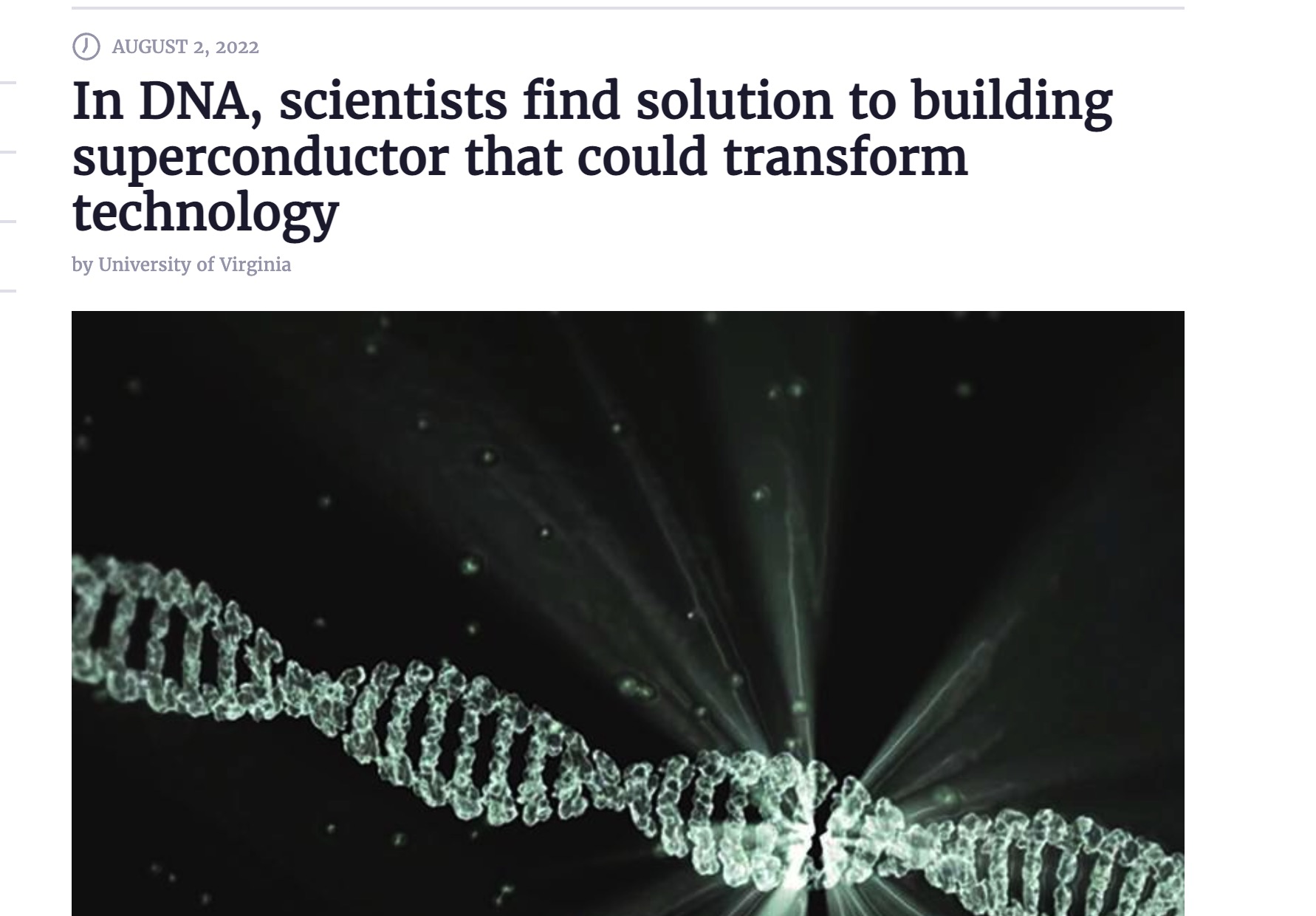Scientists have long sought to embed DNA “camcorders” into cells to capture their history. Like kids, cells grow, diversify, and mature as they interact with the environment. These changes are embedded in a cell’s gene activity, and by reconstructing them over time, scientists can infer a cell’s current state—for example, is it turning cancerous?
The technology “would deepen knowledge about developmental and cancer biology that could be translated into therapeutic strategies,” said Dr. Nozomu Yachie and colleagues at the University of British Columbia.
Now, a team led by Dr. Seth Shipman at the UCSF Gladstone Institute engineered a biological recorder—dubbed Retro-Cascorder—that, like an old school camcorder, can capture a cell’s gene expression history on a DNA “tape,” for days at a time. Thanks to CRISPR, these “tapes” are then integrated into the cell’s genome, which can be read at a later date. Source: SingularityHub


